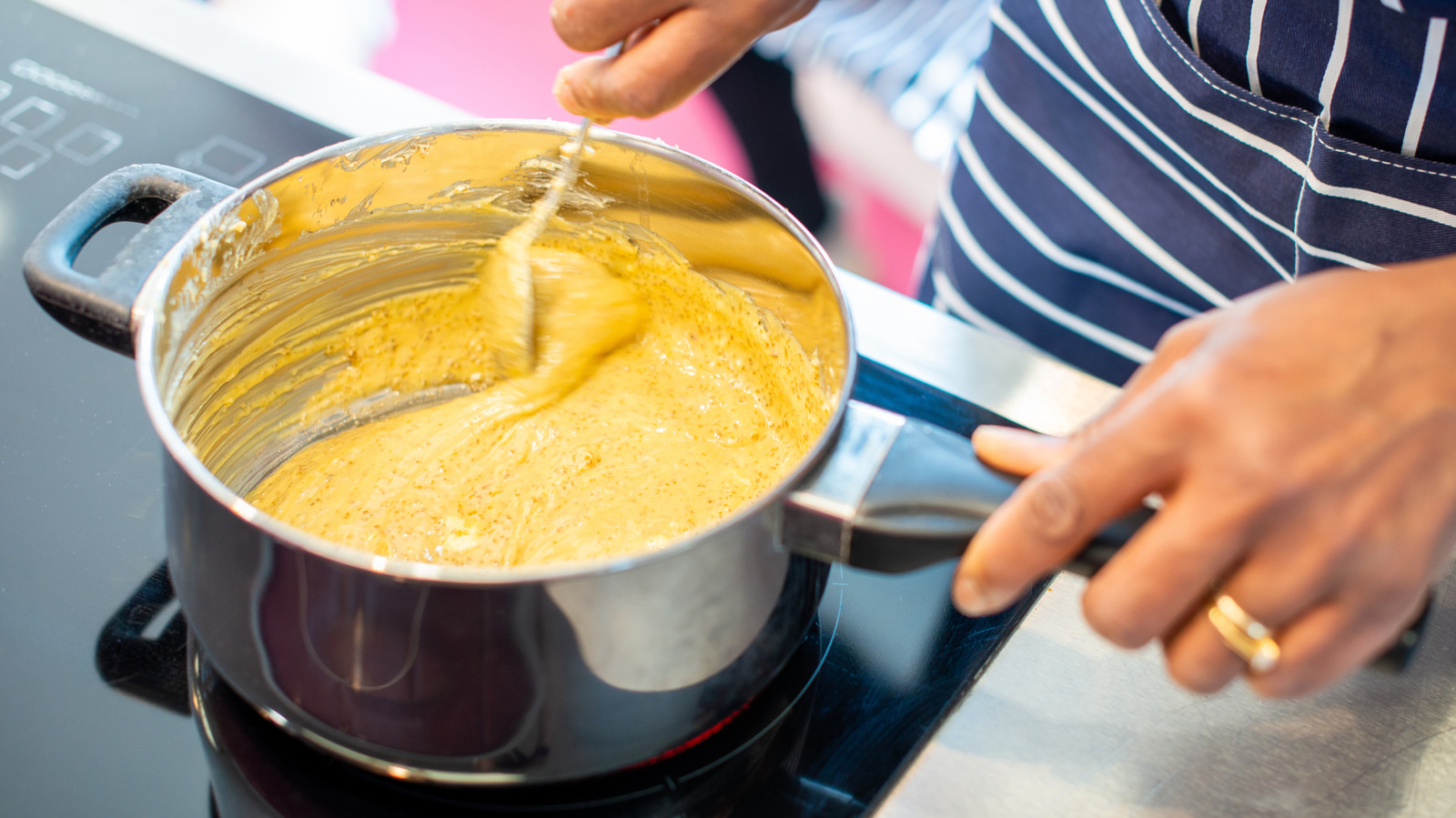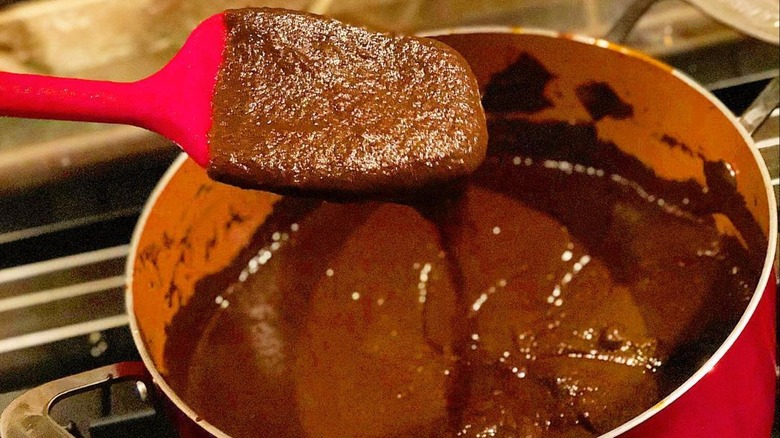Making a good roux is the starting point for numerous dishes, from continental classics that use French sauces such as béchamel and velouté to Southern favorites such as gumbo and étouffée. Made by combining equal parts of fat with flour, this simple mixture acts as a thickener and, if cooked for longer, infuses deep flavor and color to whatever it is added to.
The stovetop method is the most common and lets you control exactly how light or dark you want the roux. Cajun- and Creole-inspired dishes generally use a dark roux , sometimes called a chocolate roux because of its color. Since a burnt roux is no good, you’re going to be at the stove stirring constantly — up to an hour and sometimes even longer — to get that deep chocolate color. Or, you could simply use the oven to make the roux, stirring it only every 20 minutes or so.
Making a dark roux in the oven takes longer than on the stovetop but is much more convenient since you don’t need to hover around it the whole time. It’s also perfect for making a large batch in one go to store for multiple uses. Roux is the key component of a well-made gumbo after all, and having some on hand the next time you make some can significantly speed up and simplify the process. In fact, stew tastes better the day after it’s made, so avoid the rookie mistake while making gumbo and store it for a day before digging in.
How and why you should make a dark roux in the oven
When using the oven to make a dark roux, start by heating your fat (for best results, use vegetable oil or animal fats) in a pan and gradually mix in the flour while your oven preheats to 350 degrees Fahrenheit. Once you have a homogenous mixture, simply transfer it to your oven and let it cook until it reaches the desired color, which takes about two hours. You can simplify the process by using a cast iron pan or Dutch oven, which can be moved directly to the oven without having to transfer the roux into another dish. Once it reaches the desired color, let the roux cool down before you store it. Roux freezes well, or you can store it for up to six months in an airtight container in the refrigerator.
The flavor magic of a dark roux comes from the Maillard reaction, which turns proteins and sugars in the fat and flour into a dark brown, deeply aromatic base for your culinary creations. However, the darker the roux, the lesser its thickening power. This is because the longer flour cooks, the more its starch (which is responsible for the roux’s thickening properties) breaks down. This is also why a slurry, which is different from a roux since it is uncooked, can be a more effective thickening agent. A dark roux nevertheless adds a velvety texture to sauce or stock, and the fat content helps disperse its flavor throughout the liquid it is added into.





